Food Print
Aramark recognise that Food Sustainability is integral to the future of the food industry and we are ready to make a big impact in the restaurants we operate - bringing our clients, customers and employees on our own journey towards Net Zero.
We recognise that food transparency is so important to consumers. Transparency goes far beyond nutritional content and now extends to include environmental and ethical information too. Thus we have been working diligently on our programme that will help consumers make informed, environmentally - conscious decisions through the food they choose.
What does the Foodprint carbon score mean?
Foodprint automatically generates a score taking into consideration the environmental impact specific to each ingredient.
Agriculture - Agricultural practices add significant volumes of greenhouse gases to the atmosphere. The use of heavy machinery and intensive farming methods and the impacts of deforestation and soil erosion all contribute to increased carbon emissions.
Processing - The carbon score takes into consideration how much energy goes into processing and manufacturing, including energy required by storage, preservation and/or refrigeration.
Packaging - The score is affected by the environmental impact of packaging, both in terms of materials used: 1. Are they recyclable or compostable? 2: The method of disposal, e.g. whether the packaging is recycled, composted, sent to landfill or incinerated.
Transport - The type of transport (e.g. air freight, shipping, truck, van) and distance travelled contribute to the amount of carbon produced, and these are considered in the carbon score.
What is Foodprint?
Foodprint is an automated carbon footprint scoring system, that measures the environmental impact of the food we consume.
It empowers our consumers to make informed decisions by providing a score to each menu item, that takes into account the environmental impact of each ingredient.
Foodprint uses the most reliable data available and all results shown can be linked back to peer reviewed academic research.
This combined with cutting edge technology produces accurate and reliable results to support our combined efforts to Net Zero.
Why do we need to take action now?
42% of consumers would choose a venue because its signage displayed a commitment to reducing CO2 emissions.
68% of 25-34 year-olds would switch from their favourite retailer for not meeting sustainability standards.
22% of consumers boycotted a place to eat in the last 12 months because of its ethics or environmental practices.
90- 95% Scope 3 emissions can account for 90-95% of a food businesses emissions.
1/3 of consumers are willing to pay a premium for sustainable products.
1 IN 4 Consumers choose restaurants or pubs because they have strong sustainability initiatives.
Food – system emissions represent 34% of total GHG emissions.
85% of consumers have become ‘greener’ in their purchasing in recent years with 49% of consumers considering sustainability when buying food and drink
£7.1bn value of brand boycotts. (Up 17.9% y-o-y)
Why Foodprint?
Foodprint uses the most reliable data available and all results provided can be linked back to peer reviewed LCA Academic research, supported by the Foodprint sustainability team. As we evolve Foodprint it will help Aramark calculate the carbon footprint of our supply chain and improve scope 3 reporting.
The Foodprint patented algorithm has been developed by computer scientists and experts in sustainability research and modelling to deliver reliable results. Once recipes are built, a carbon score is available. Changes made to foods, recipes and suppliers are updated in real-time.
Through the installation of Foodprint, Aramark have full visibility over the carbon footprint of our supply chain and how it is trending. We can clearly see the impact of our purchasing and how each change can affect the environment. It supports our Scope 3 and ESG reporting. We now can assign a footprint score to each menu item. We now can assign a footprint score to each menu item. Through our transparency programme we are building trust and allowing customers to make informed decisions and make their own impact.
Benefits to our customers and clients
Full transparency of the environmental impact of every dish served in your restaurant.
Foodprint has enabled Aramark to gain more targeted understanding of the food we serve and helps our chefs understand the impact of every dish.
Displaying our carbon score on packaging, dishes and promotional materials builds trust and loyalty with our customers and assists them in navigating their own Net Zero journey.
Reliable Scope 3 ESG reporting and carbon labelling will enhance our combined sustainability credentials.
This tool enables a partnership/ collaborative approach with our clients to reduce emissions. By implementing Foodprint and ‘scoring’ every menu item, allows our consumers to actively participate in reducing the carbon footprint of Aramark and our clients. We can also create a menu for each client that contains only A and B items to ensure we are only driving a sustainable menu.
Its time for real change
Climate change is a significant challenge to global agri-food systems, with the potential to affect all aspects of food security. Food production is estimated to contribute 26%, and catering 18%, of global carbon emissions. 49% of consumers now consider sustainability when buying food and drink. Environmental and nutrition labelling on food was recommended by the European Health Parliament in 2021. We cannot achieve a 1.5° future, the goals of the Paris Agreement, or the SDGs, if we fail to improve the carbon footprint of the food sector.

